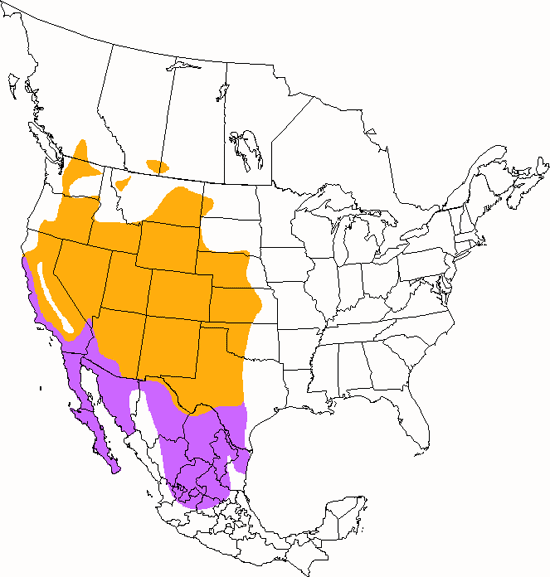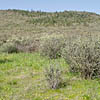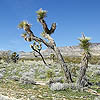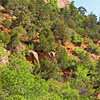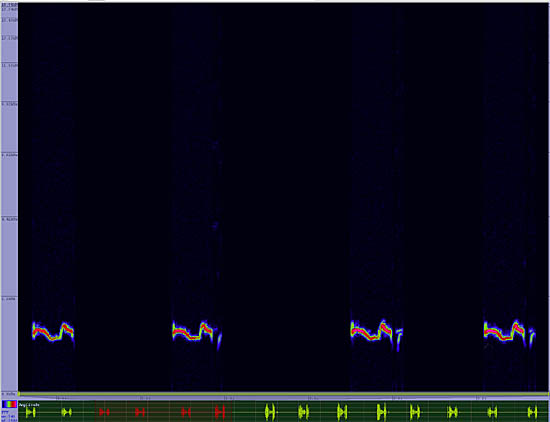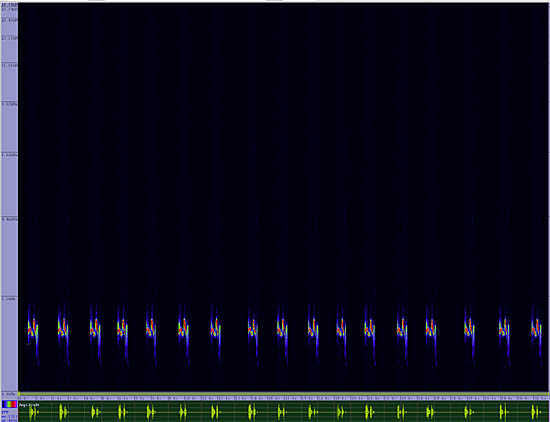Common Poorwill
Phalaenoptilus nuttallii

Upland Ground
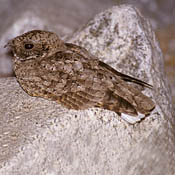
Length: 8 in. (20 cm )
Nocturnal and shy, this bird is much more often heard than seen. It can be found regularly sitting in the middle of a lonely gravel road where it will fly up in the headlights of a vehicle like a huge moth. Apparently it spends much of the winter in northern parts of its range in a state of torpor or hibernation concealed in rock piles. It catches insects at night in its gaping mouth by flying low over the desert floor. Its nest is a shallow depression on the ground, usually near a steep hill.
The four-digit banding code is COPO.
Bibliographic details:
- Article: Common Poorwill
- Author(s): Dr. Biology
- Publisher: Arizona State University School of Life Sciences Ask A Biologist
- Site name: ASU - Ask A Biologist
- Date published: 13 Jul, 2017
- Date accessed: 17 August, 2025
- Link: https://askabiologist.asu.edu/activities/bird/common-poorwill
APA Style
Dr. Biology. (Thu, 07/13/2017 - 15:36). Common Poorwill. ASU - Ask A Biologist. Retrieved from https://askabiologist.asu.edu/activities/bird/common-poorwill
Chicago Manual of Style
Dr. Biology. "Common Poorwill". ASU - Ask A Biologist. 13 Jul 2017. https://askabiologist.asu.edu/activities/bird/common-poorwill
MLA 2017 Style
Dr. Biology. "Common Poorwill". ASU - Ask A Biologist. 13 Jul 2017. ASU - Ask A Biologist, Web. https://askabiologist.asu.edu/activities/bird/common-poorwill
Be Part of
Ask A Biologist
By volunteering, or simply sending us feedback on the site. Scientists, teachers, writers, illustrators, and translators are all important to the program. If you are interested in helping with the website we have a Volunteers page to get the process started.



